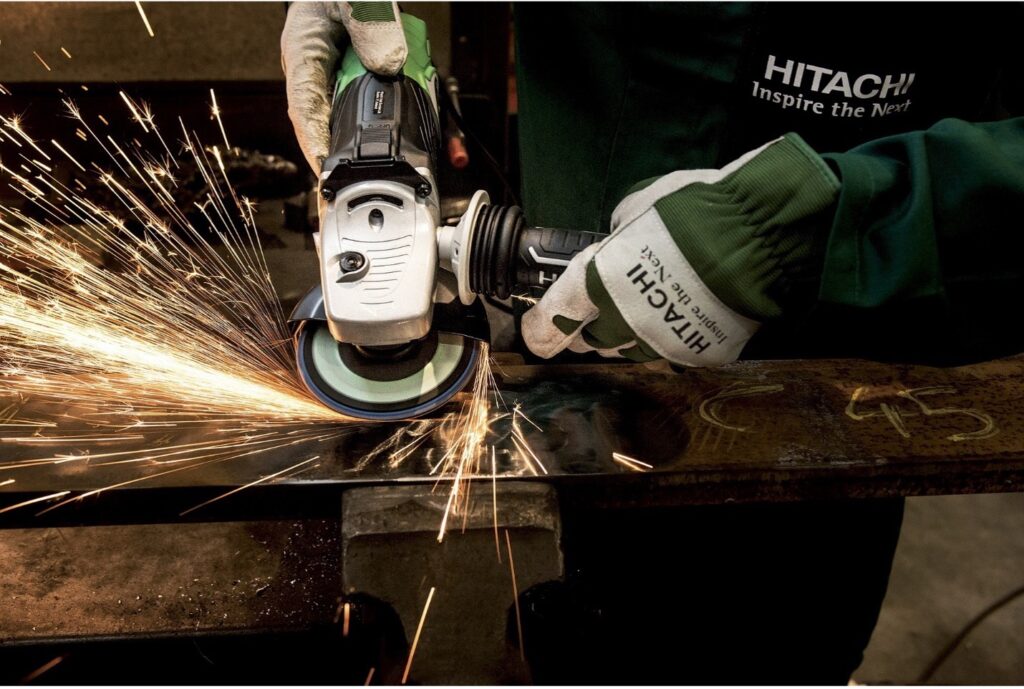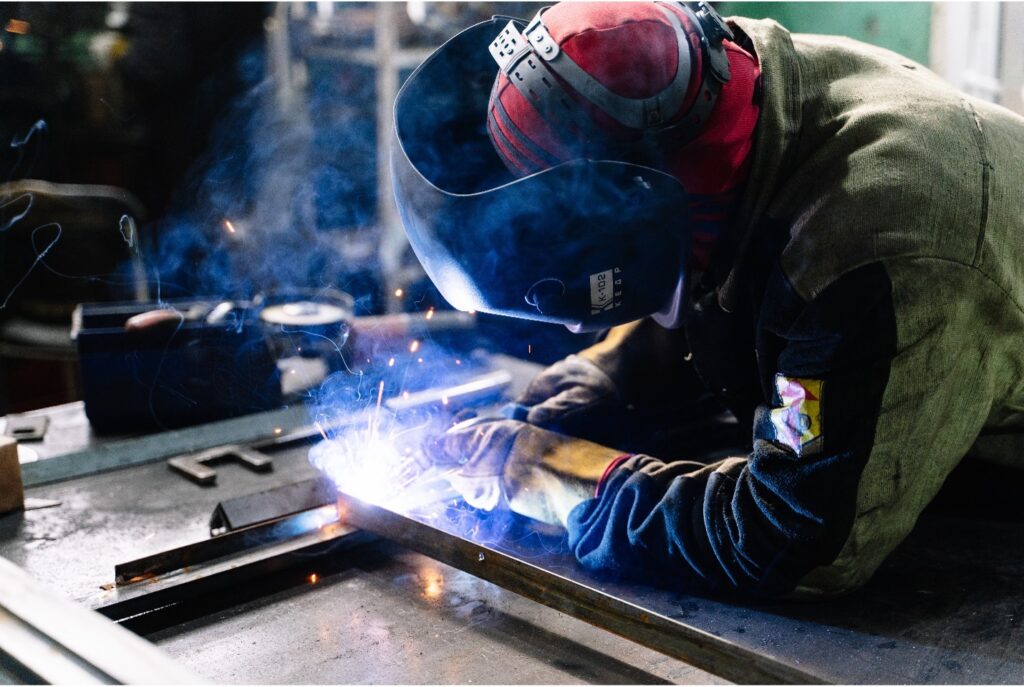
When it comes to something like welding, most professionals are already aware of a lot of the tools of the trade. However, if you’re relatively new to the craft and/or hobby, there may be some things that you aren’t quite familiar with just yet. One such is the tungsten grinder, which can be used for several purposes.
Now, one thing to note is that there are several different types of welding. The tools that you use will vary between them, of course, as goes for most things like this. So, just bear in mind that for the most part, these grinders are intended for hand orbital welding.
What Makes Tungsten Special?
Before we can get into the uses for these types of tools, it’s a good idea to consider what tungsten is and why it’s such a nice material in this context. You can find some details about it here, https://pubs.acs.org/doi/abs/10.1021/ar3002156, but admittedly a lot of that is filled with some rather technical chemistry jargon.
Let’s take a look at this chemical in layman’s terms instead. Tungsten was discovered all the way back in the eighteenth century, and for a long time, it was the primary material used for the filaments in lightbulbs. These days, that’s not usually where we find it, since it isn’t very energy efficient compared to other options.
In the welding and construction worlds, tungsten is an important component in a compound form. Tungsten carbide is one of the hardest materials in the world, and that’s why it can be used for high-pressure activities and applications such as welding. Additionally, because it’s got extremely high melting and boiling points, there’s much less risk of it getting too hot and becoming damaged.
What are Grinder Tools, then?

With the basics out of the way, now we can delve into the world of grinder tools in the context of welding. If you didn’t know, tungsten electrodes are used pretty frequently in the profession because of how easy the metal is to use in terms of having high conductivity but that low melting and boiling point. However, there are some caveats here.
You can find some further information about those caveats in this blog, but the gist of it is that in order to be utilized effectively, it has to reach a certain angle and hardness. That’s where the grinders come into play. Because of how hard the metal is, it’s one of the only materials that can be used to grind itself down.
As far as why you would want to get a grinder like this in the first place, there are a few reasons to keep in mind. For one thing, they bring a lot of consistency to the table. Although it can be difficult at times to get perfectly similar results between two different projects, these tools allow you to get pretty darn close to that.
In addition to that, they can allow you to save a fair bit of time. How does that work? Well, there will be a lot less “heavy lifting,” so-to-speak, for you as the welder using one.
Essentially, they prevent you from having to grind out these metals by hand. That sort of labor is both taxing and extremely time-consuming. Being able to avoid it is incredibly helpful, especially in a professional setting when there are time deadlines to be mindful of.
Are they Worth it?
Given some of what we’ve discussed so far, you can probably guess what the answer to this question is (at least in our opinion). That said, though, we’ll still go through an overview of some of the costs involved here versus the costs. Believe it or not, there are still a few perks that tungsten grinder tools can offer.
Safety is something that most of us worry about, especially when it comes to something like welding. Unfortunately, when working with tungsten electrodes with our hands or manually, there’s a fair risk of injury. Obviously, this is true with most aspects of welding.
The thing is tungsten electrodes often have a lot of sharp edges because of what was mentioned earlier. Additionally, the materials you’re working on could end up slipping out of your grasp, creating more risk for you as the welder. Generally, it’s just safer to work with tools designed for these purposes.
What else is there, though? Well, another big thing is the fact that the quality of a weld can be increased rather substantially by using a grinder rather than doing it manually. A lot of that can be attributed to some of what was mentioned earlier, such as the consistency that these tools have to offer.
Tungsten electrodes are a critical part of many welding projects. Because of this, they need to be high quality. Otherwise, there could be some serious defects within the finished project. It could end up cracking, warping, or even having higher levels of porosity than is recommended.
At the end of the day, though, the question is whether these tools are worth the money that we have to sink into them. Admittedly, at first some of the price tags might seem a bit alarming. However, if you’re able to find a retailer who sells grinder tools for reasonable rates, then it’s certainly not so bad. Besides that, some of the other potential options are even pricier.
Honestly, it’s hard to say that something this useful isn’t worthwhile. This is especially true in a professional setting. If welding is your job, then it’s only natural to want to get the tools that will help you to excel at said job. Even beyond that, why wouldn’t you want something that allows you to deliver better products to your customers?
For those reasons, amongst plenty of others, most folks would likely agree that tungsten grinder tools are worth the investment for any serious welders out there. The safety benefits alone can justify it, really, and that’s without even looking at all of the other positives!
